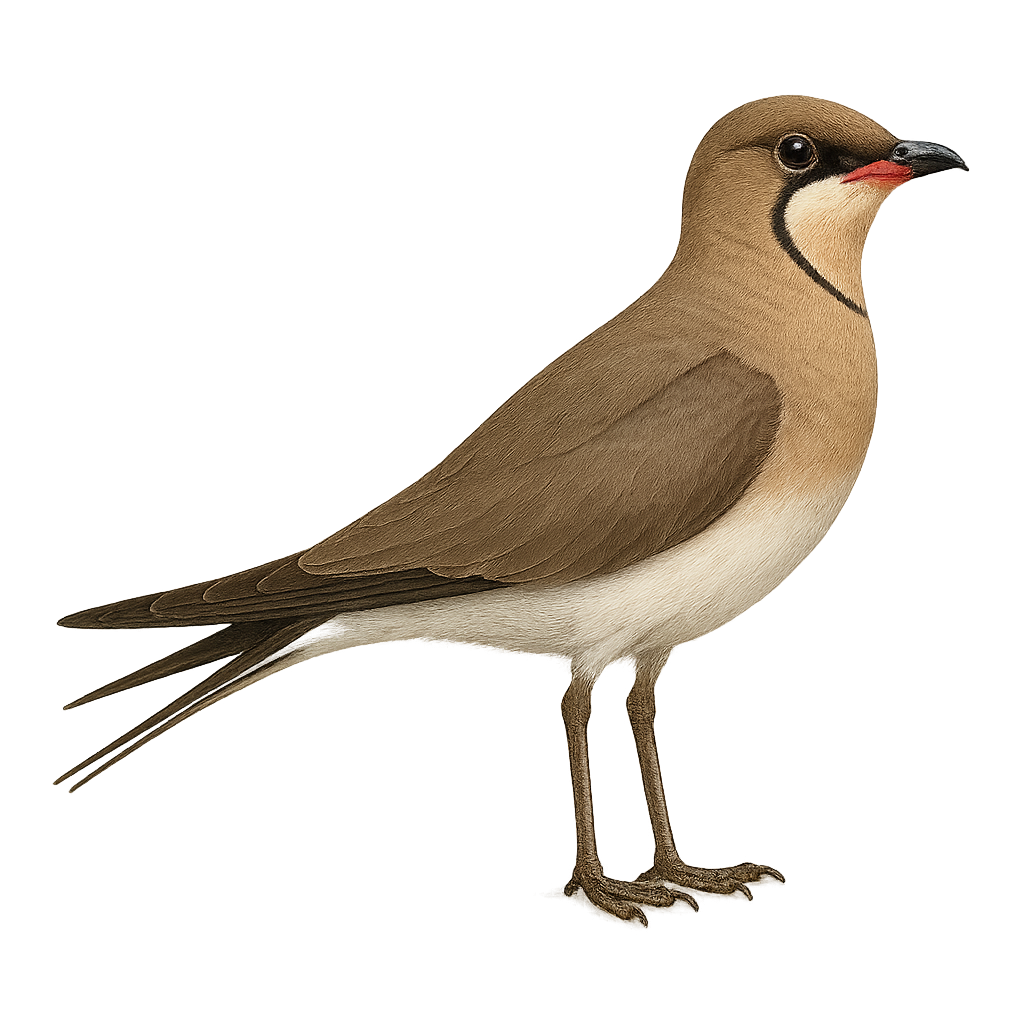Your wildlife photography guide.
Explore the collared pratincole in detail, study its behavior, prepare your shots.
Where to observe and photograph the collared pratincole in the wild
Learn where and when to spot the collared pratincole in the wild, how to identify the species based on distinctive features, and what natural environments it inhabits. The WildlifePhotographer app offers tailored photography tips that reflect the collared pratincole’s behavior, helping you capture better wildlife images. Explore the full species profile for key information including description, habitat, active periods, and approach techniques.
Collared Pratincole
Scientific name: Glareola pratincola

IUCN Status: Least Concern
Family: GLAREOLIDAE
Group: Birds
Sensitivity to human approach: Suspicious
Minimum approach distance: 10 m
Courtship display: May to June
Incubation: 17-19 jours
Hatchings: May to July
Habitat:
Wetlands, grasslands, marshes
Activity period :
Primarily active during the day, with peak activity in the morning and late afternoon.
Identification and description:
The Collared Pratincole is an elegant bird, recognizable by its light brown plumage and forked tail. It features a distinctive black collar around its throat, contrasting with its white belly. Often seen in wetlands, grasslands, and marshes, it hunts insects in flight with remarkable agility. A migratory bird, it winters in sub-Saharan Africa after breeding in Europe and Asia. Known for its fast and graceful flights, often in groups, it emits sharp calls. Although its habitat is threatened by intensive agriculture and wetland drainage, it remains relatively widespread.
Recommended lens:
400 mm – adjust based on distance, desired framing (portrait or habitat), and approach conditions.
Photography tips:
To photograph the Collared Pratincole, focus on wetlands and open grasslands where it is active. Use a telephoto lens of 400 mm or more to capture detailed images without disturbing the bird. Observe its flight habits to anticipate its movements and adjust your focus accordingly. The golden hours of morning or evening provide soft light that highlights its plumage. Stay discreet and patient to achieve natural and authentic shots.
The WildlifePhotographer App is coming soon!
Be the first to explore the best nature spots, track rutting seasons, log your observations, and observe more wildlife.
Already 1 439 wildlife lovers subscribed worldwide

